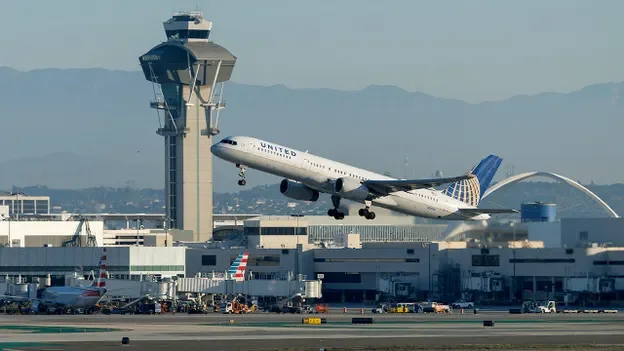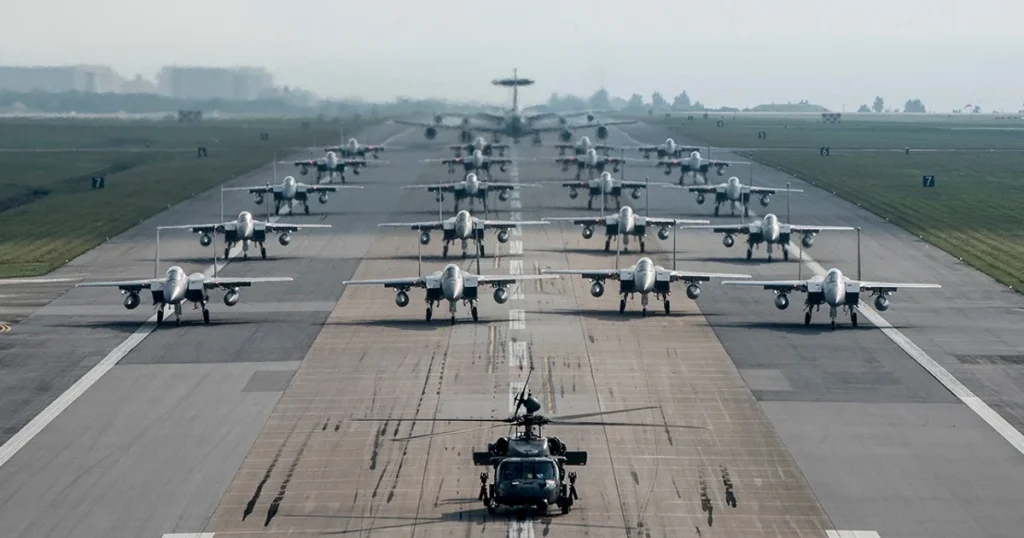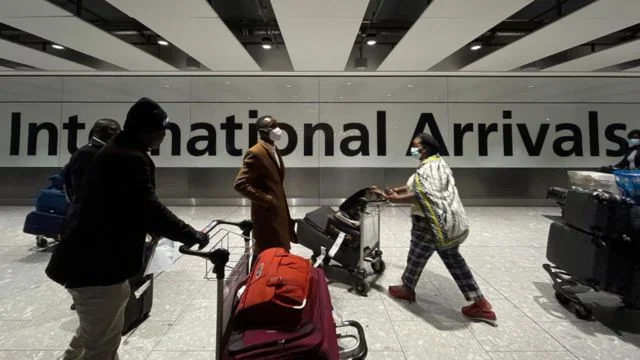Travelers across the United States are facing mounting uncertainty over air travel. A new directive to decrease flights at dozens of major airports took effect on Friday.
This reduction is touted as a necessary solution to address air traffic safety concerns. These concerns stem from staff shortages directly linked to the record-length government shutdown.
The administration of President Donald Trump mandated that airlines reduce flight capacity at 40 airports nationwide.
This reduction began Friday morning with a four percent decrease, which is scheduled to gradually increase to a 10 percent cut next week.
Busiest Hubs Hit by Capacity Cuts
The flight reductions will directly affect some of the country’s busiest airport hubs. These locations include Atlanta, Newark, Denver, Chicago, Houston, and Los Angeles.
Transportation Secretary Sean Duffy defended the order during a White House news briefing. He pushed back against critics who suggested the action aimed to pressure Congress.
“This isn’t about politics, it’s about assessing the data and alleviating building risk in the system,” Duffy explained.
The government shutdown, which commenced on October 1, has become the longest in history. It has left tens of thousands of essential personnel without pay. Air traffic controllers, airport security staff, and others are affected.
Mass Cancellations and Growing Delays
The first day of cuts saw massive cancellations. Tracking website FlightAware reported that over 800 flights scheduled for Friday were cancelled. Major carriers reported substantial reductions:
- American Airlines stated its scheduled reduction amounts to 220 flight cancellations each day.
- Delta Airlines reported cutting approximately 170 flights scheduled for Friday.
- Reports indicated Southwest Airlines also canceled around 100 flights set for that day.
On Thursday, before the order took effect, over 6,800 U.S. flights were delayed. Passengers face long queues at security checkpoints.
Travelers at Boston and Newark airports experienced average delays exceeding two hours. Delays surpassed one hour at Washington’s Reagan National and Chicago’s O’Hare airports.
Proactive Action Before Disaster Strikes
Authorities emphasized the necessity of taking action before a major accident occurs. Federal Aviation Administration (FAA) Administrator Bryan Bedford confirmed the urgency:
“We’re not going to wait for a safety problem to truly manifest itself, when the early indicators are telling us we can take action today to prevent things from deteriorating.”
The reduction measures begin as the country enters its busiest travel time of the year, with the Thanksgiving holiday just weeks away.
Millions of Americans face the prospect of travel chaos due to the air traffic control staff shortage. Nevertheless, the administration sought to assure the public that flying remains safe.
“It’s safe to fly today, tomorrow, and the day after because of the proactive actions we are taking,” Duffy stated on social media late Thursday.
Unprecedented Situation
Implementing the order on short notice presents a challenge for airlines. United Airlines and Delta, two of the country’s largest carriers, confirmed their compliance.
They added that the order would not impact their international routes. United also noted that “hub-to-hub” flying would not be affected. This indicates cancellations would likely impact more local routes.
Federal agencies have struggled since Congress failed to approve funding past September 30. Consequently, approximately 1.4 million federal workers remain affected. Many in high-stress aviation-related jobs are now calling in sick. They may be forced to work second jobs to pay their bills, Duffy said Wednesday.
FAA Administrator Bedford stated the situation is unprecedented. “I am not aware in my 35-year history in the aviation market where we’ve had a situation where we’re taking these kinds of measures,” he said Wednesday. He concluded: “Then again, we’re in new territory in terms of government shutdowns.”























